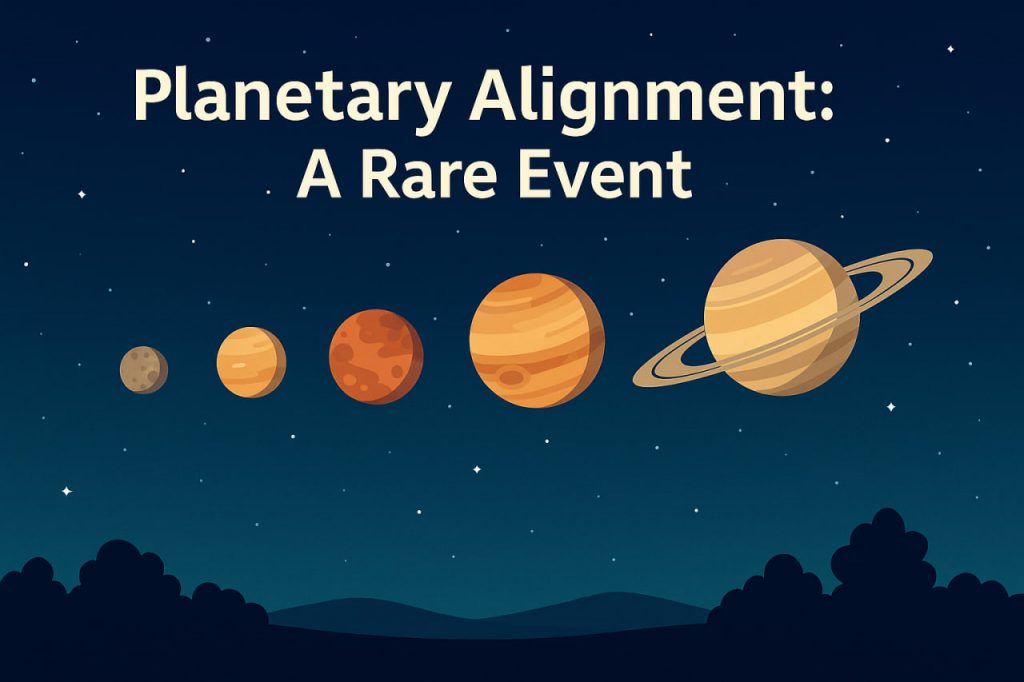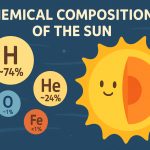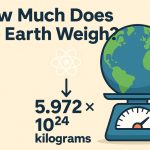A planetary alignment, often called a “planet parade,” occurs when several planets of the solar system appear to line up in the sky from Earth’s point of view. While they don’t literally form a straight line in space, they appear to be grouped closely along a shared path (the ecliptic) when viewed from our planet.
Such events are visually striking and capture the interest of astronomers and skywatchers alike.
How and Why It Happens
Planets orbit the Sun at different speeds and distances. Occasionally, their positions align in such a way that multiple planets can be seen in the same portion of the sky, either just before sunrise or after sunset. These alignments occur within a narrow band of the sky because all the major planets orbit in nearly the same plane.
The alignment doesn’t require the planets to be perfectly in a row; even when they’re loosely clustered in the sky, it’s still considered a parade.
How Often Do Planetary Alignments Occur?
True alignments involving several visible planets are rare. Events involving 3–4 planets may happen every couple of years, while larger alignments with 5 or more planets are far less frequent — perhaps only a few times in a century.
The rarity depends on how tightly the planets are clustered and how many are involved. For example:
- A 5-planet alignment might occur once every 18–20 years.
- A full 7-planet alignment is extremely rare, occurring only a few times in thousands of years.
What Can Be Seen from Earth?
During a parade of planets, observers may see Mercury, Venus, Mars, Jupiter, and Saturn with the naked eye. Uranus and Neptune may be visible using binoculars or telescopes under dark skies. Some alignments stretch across the entire horizon, while others fit within a smaller viewing area.
For best visibility:
- Look toward the horizon just before dawn or after dusk.
- Use a stargazing app to help locate planets.
- Watch from an area with low light pollution.
Are Planetary Alignments Dangerous?
No. Despite myths or viral claims, planetary alignments have no gravitational or catastrophic effect on Earth. Their influence is purely visual and inspirational. They offer an opportunity to observe our solar system’s architecture in motion — and to spark public interest in space science.
Glossary
- Ecliptic – The apparent path of the Sun and planets across the sky
- Conjunction – A close visual approach of two or more planets in the sky
- Orbit – The curved path of a planet around the Sun
- Light pollution – Excess artificial light that hinders night sky visibility
- Astronomical alignment – An arrangement where celestial objects appear lined up from a specific vantage point


